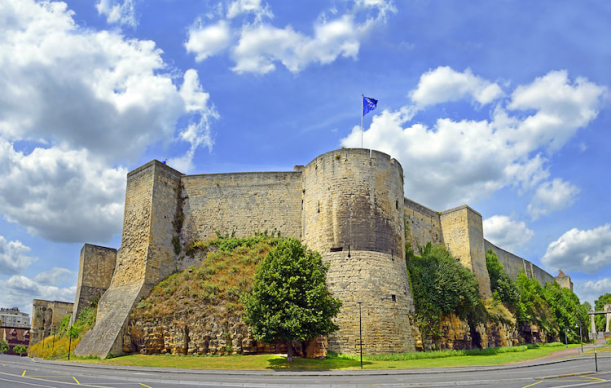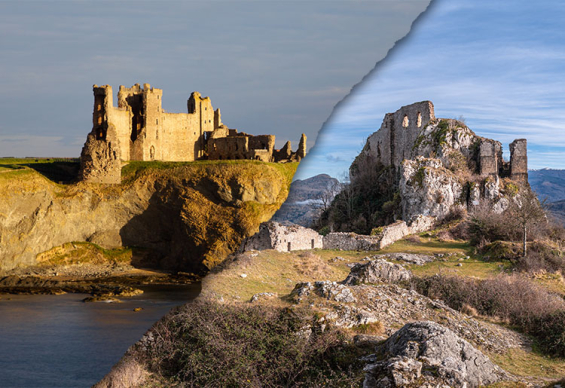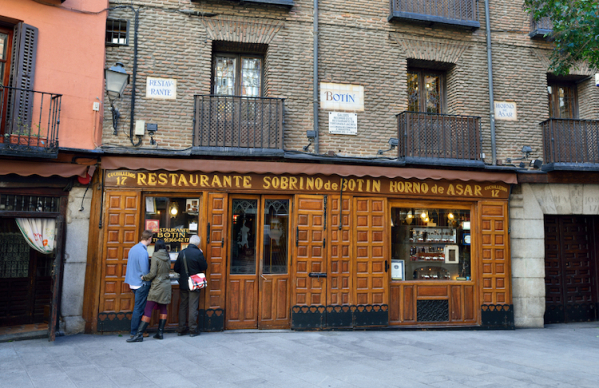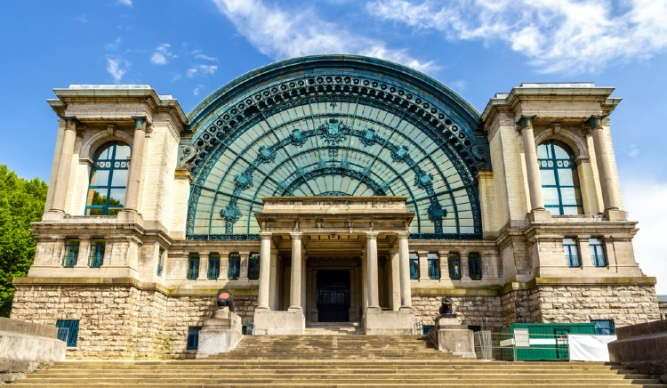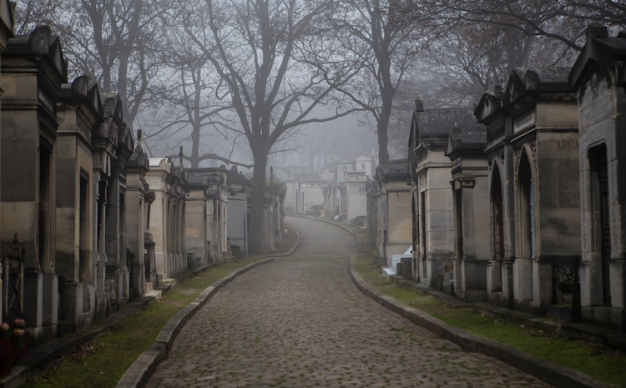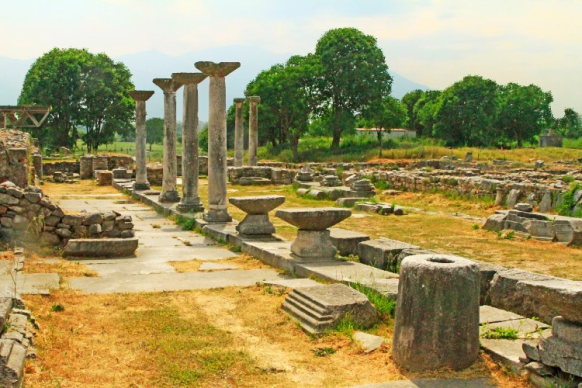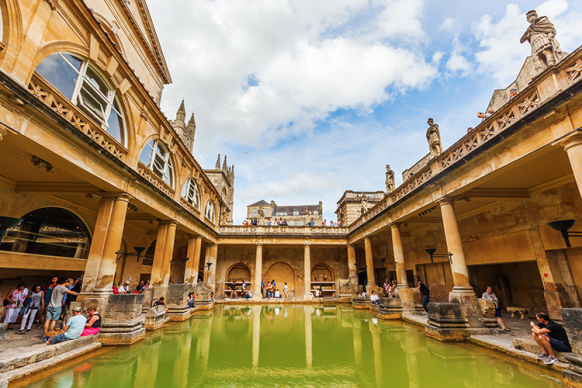
About Avenue des Champs Elysees
The Avenue des Champs Elysees is a central street in Paris first established in the 1660’s and in which many of the France’s national events are marked, including parades to celebrate the victories of each of the two World Wars. It is one of the most famous roads in the world.
Avenue des Champs Elysees history
The area where the Champs-Elysées is now used to be covered by fields (“champs” in Frencg) where vegetables were grown. The merchants who grew here sold their goods in the Paris markets – not too far to travel with perishables.
In the early 17th century, Queen Marie de Medici (wife of Henri IV of France), who loved her Tuileries Garden, decided to create an avenue of trees where these fields lie and so the change began. In the late 17th century the great French gardener André Le Nôtre was called upon to update the area even more.
Over the years, this corridor of trees which was part of the Tuileries Gardens grew and in the early 1700s it was given the name “Avenues des Champs-Elysées”. The name translates as Elysian fields – where Greek Gods and heroes went after death according to Greek mythology.
During the 18th century grand houses and buildings were erected along the avenue and the Elysée Palace, now official home of the French president, was built close by. The area had been the location for palaces and fabulous buildings of the rich and aristocrats since the 1600s but, by the 1800s, it became a very fashionable spot.
In 1828, the Champs-Elysées was officially declared the civic property of Paris, and the council commissioned fountains and gas lamps and cleared footpaths.
In 1836, the Arc de Triomphe, commissioned by Emperor Napoleon Bonaparte to celebrate his victories in war was completed at the west end of the Champs-Elysées.
Avenue des Champs Elysees today
Today, Avenue des Champs Elysees is a focal point for both Parisians and tourists and is lined with some of the city’s most important sites such as the Arc de Triomphe.
Home to luxury shops and businesses, restaurants, cafés, theatres and museums, the Champs-Elysées is 70 meters wide and 1910 meters long. It stretches from the Place de la Concorde to the Place Charles de Gaulle and attracts millions of visitors every year.
On Bastille Day, the avenue is the place to go: it is decked out in the French national colours to host the world-famous 14 July parade.
Getting to Avenue des Champs Elysees
The address of Avenue des Champs Elysees is De l’Arc de Triomphe à la place de la Concorde, 75008 Paris.
Paris Métro Line 1 runs under the Champs-Elysées. Station Charles de Gaulle – Étoile is at the west end of the street. Stations with entrances directly onto the street are gare George V by the Hôtel George-V; gare Franklin D. Roosevelt at the rond-point des Champs-Elysées and gare Champs-Elysées – Clemenceau at place Clemenceau. Gare Concorde (Paris Métro) is at the southern end of the avenue, where the Place de la Concorde is located.
There are mutliple bus routes which can take you to the historic road (22, 28, 30, 31, 32, 42 etc.)
Featured In
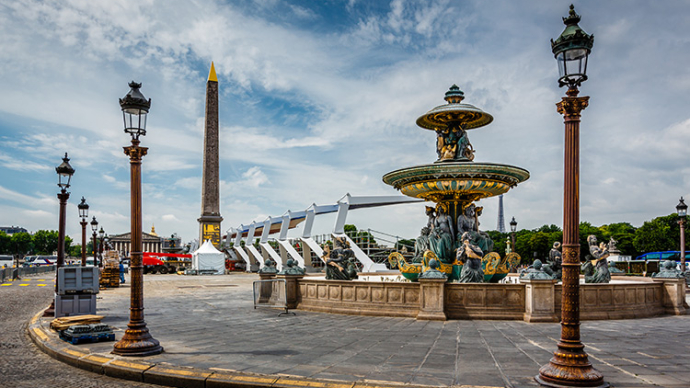
Paris Historic Sites
The City of Light has captured the hearts and minds of all who wander through it for centuries. Here's our pick of 10 of the best historic sites to visit while you're there.








